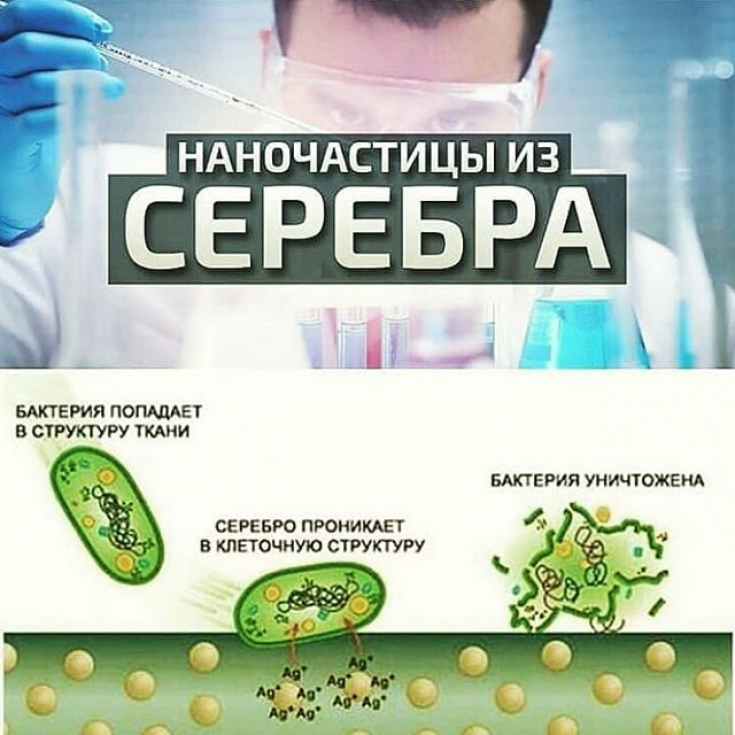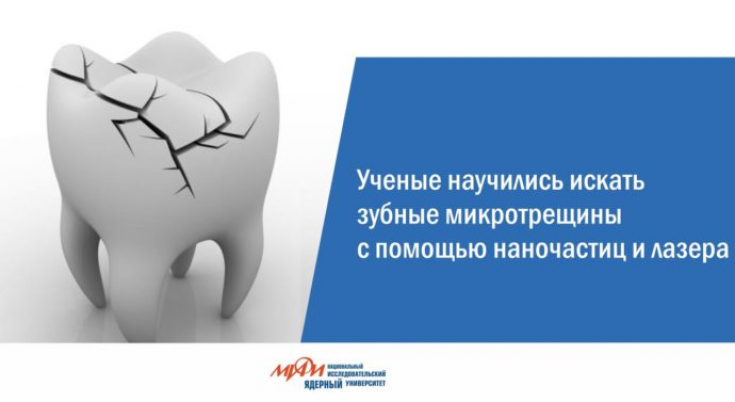One of the urgent problems in surgical interventions in the cranio-maxillofacial region is the fight against inflammatory complications and, especially, their prevention.
The widespread use of asepsis and antisepsis in surgical dentistry and maxillofacial surgery has contributed to a sharp decrease in the number of postoperative complications, but the number of patients with surgical infection remains significant, the number of antibiotic-resistant bacteria is growing, and new drugs are required to eliminate them.
Find out in this article on estet-portal.com about the latest techniques in the application of nanoparticles and nanotechnology in modern dentistry.
Properties of silver nanoparticles in dentistry
Taking into account the properties of silver nanoparticles, which have pronounced bactericidal properties against pathogenic bacteria and viruses, a nanotechnology has been developed for obtaining silver nanoparticles (1-100 nm) in micellar and aqueous dispersions that will be used as antimicrobial solutions and coatings.
Follow us on Instagram!
The substance with nanoparticles is extremely reactive, as it has a high specific surface energy. Nanosilver solution has been found to be the most effective in direct contact with surfaces contaminated by bacterial insemination.
Mechanism of action of silver nanoparticles
The mechanism of action of nanosilver in dentistry on a microbial cell is that this metal is sorbed by the cell membrane, which performs a protective function, while its separation is disturbed (bacteriostatic effect). Then the metal penetrates into the cell and inhibits the enzymes of the respiratory chain, disconnects the processes of oxidation and oxidative phosphorylation in microbial cells, as a result of which the cell dies and, as a result, the number of bacterial complications in dentistry decreases.
Dental floss: how to choose and use it correctly

Preparations with colloidal silver nanoparticles are actively involved in reducing the vital activity and stopping the reproduction of bacteria, viruses, fungi and parasites, thereby stimulating the body's defense mechanisms during dental procedures. Pathogenic bacteria and viruses die within 6 minutes of contact with silver nanoparticle preparations.
It is the colloidal solution of silver nanoparticles that is considered as the only real alternative to toxic chemical analogues, which are widely used as antimicrobial agents in dentistry.
Considering the high activity of silver nanoparticles against a number of pathogenic bacteria, it is advisable to use them also in surgical dentistry and maxillofacial surgery. The application of silver nanoparticles up to 10 nm in size by adsorption of a micellar solution makes it possible to obtain fabrics with biocidal properties that can be used for the manufacture of surgical suits, dressings and for the sterilization of surgical instruments.
It is important that silver nanoparticles do not have a toxic effect on the human body. However, the effect on pathogenic microflora provides high asepsis and antisepsis, which is very important for surgical interventions in maxillofacial dentistry.
8 mistakes when brushing teeth
Nanoparticles in dental implantation
The functional reliability of dental implants in dentistry depends on a set of properties that are manifested by the material in real conditions of its interaction in vivo with surrounding tissues, the stability of the implant, and the speed of its integration into the bone. All these indicators depend on the degree of surface roughness.
Implants with a high degree of roughness make faster and more stable contact with bone tissue, since a significantly larger number of bone cells are fixed on their surface.
With the help of nanobiotechnologies, certain nanoparticles are applied to the intraosseous surface of dental implants. On such a nano-coated surface, cell proliferation is significantly enhanced, bone wound healing is accelerated, and no significant damage was found in the bone around the implant, as is the case with other implant surfaces. The deposition of nanoparticles with a size of 20-40 nm on the titanium surfaces etched with acid leads to an increase in mechanical adhesion to the bone.

An important point is the development of a new generation nanomaterial for filling bone defects in surgical dentistry. It is believed that this will lead to a decrease in the period of postoperative rehabilitation of patients and the frequency of implant rejection. An example of such a bone augmentation material is NanoBone®. (Germany). This material contains a complex of interconnected pores, on the walls of which there is purified hydroxylapatite, encrusted in the structure of silicon dioxide. The porosity of this structure reaches 80%, the proteins easily penetrate into the silicon dioxide crystals, thereby not interfering with the formation of collagen in the bone.
The first results of experimental studies of nanoparticles open up great prospects in the field of dental implantation. The application of certain nanoparticles to the implant surface creates better conditions for its contact with bone tissue and its molecules, reduces the risk of inflammatory complications, and allows us to hope for a favorable outcome of implantation.









Add a comment